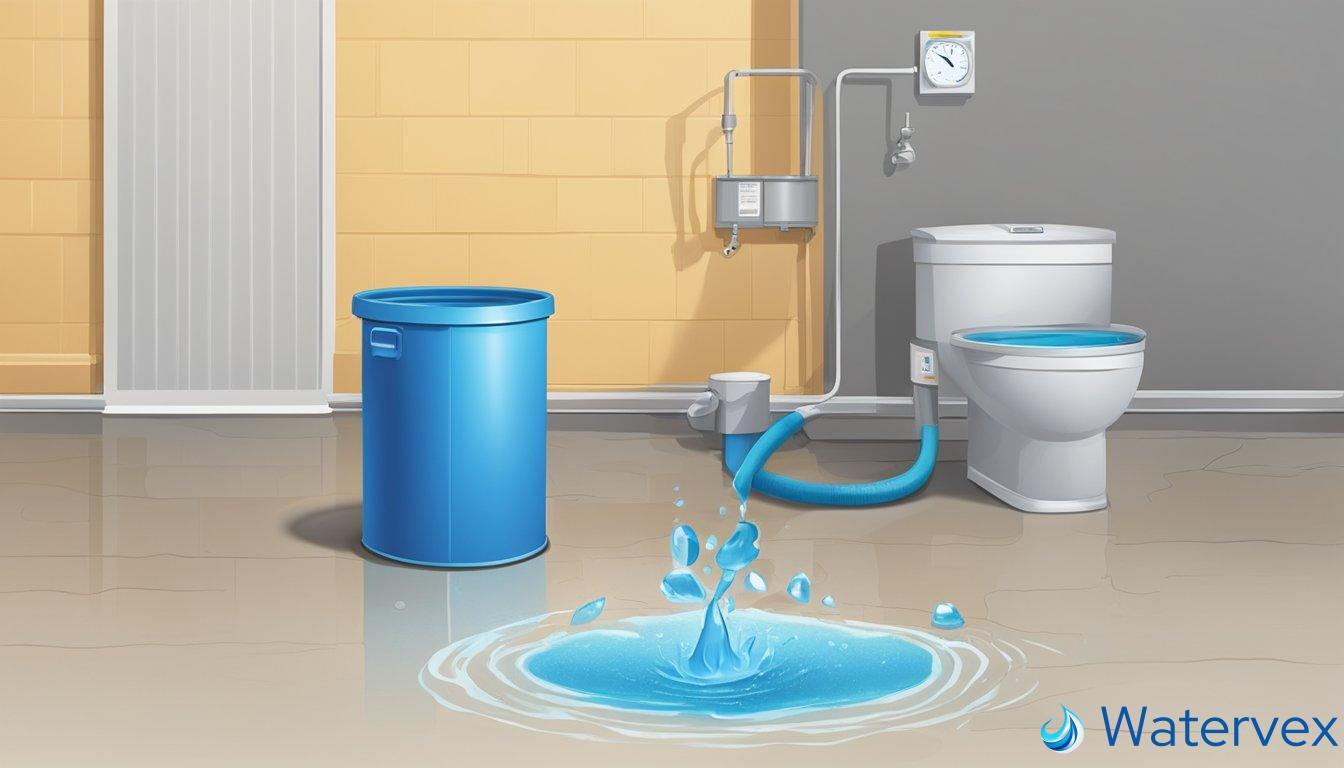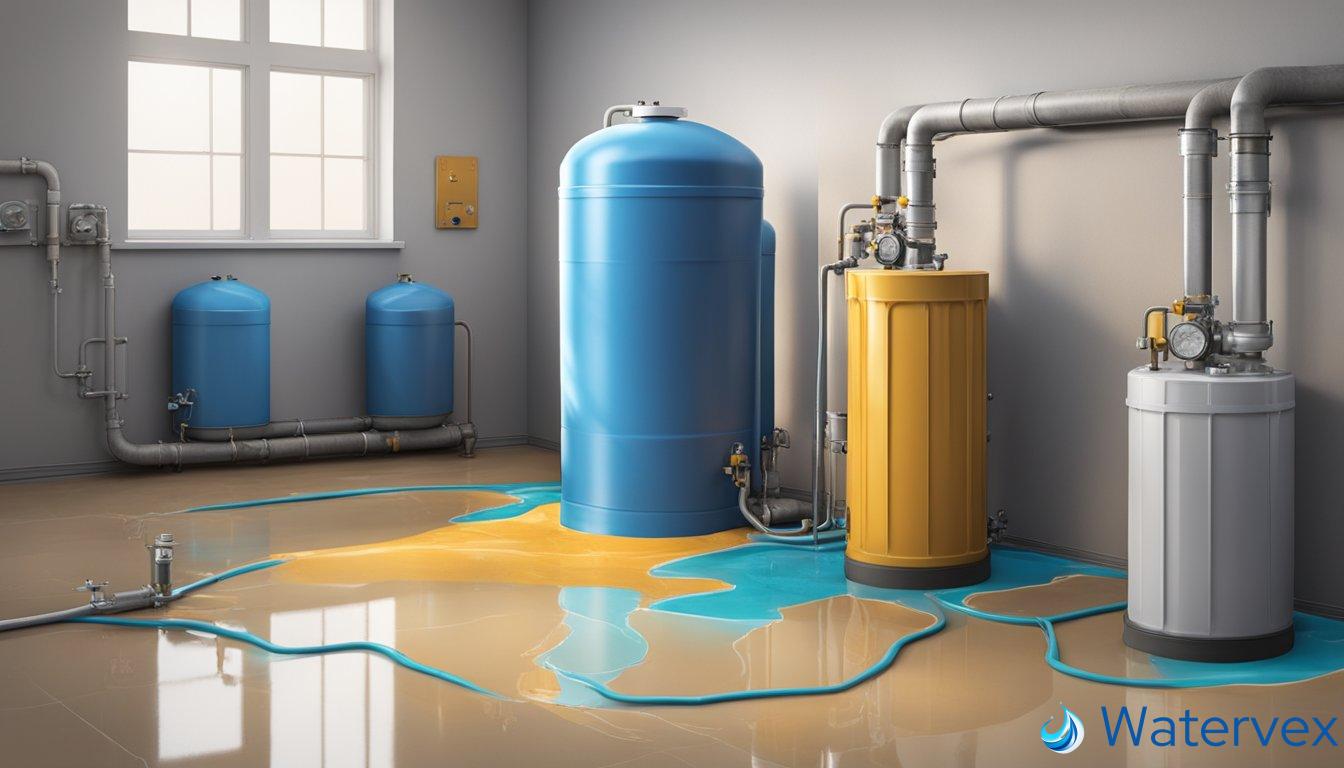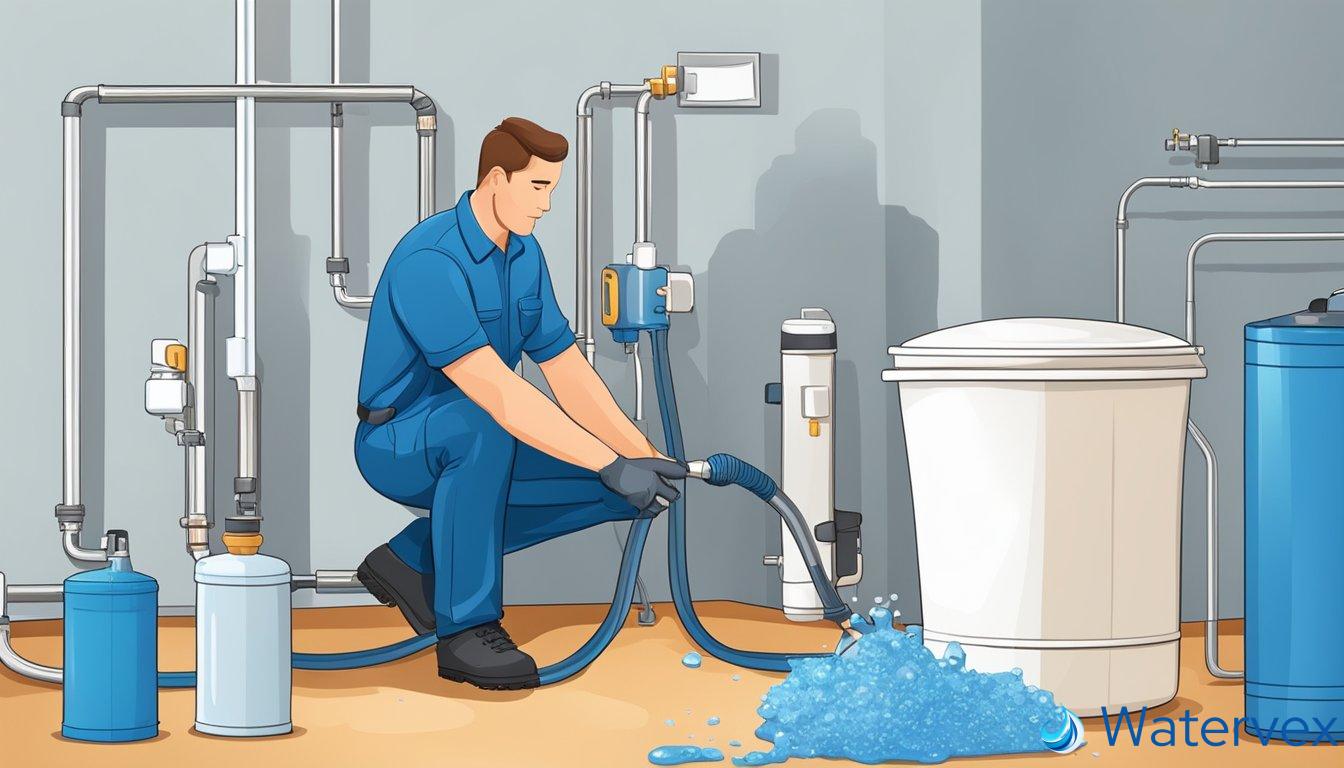When your water softener starts to leak resin, it can be a puzzling and concerning issue. The heart of any water softening system is its resin bed, where hard water is transformed into soft water by exchanging minerals like calcium and magnesium for sodium ions. But when resin beads escape from the tank, they can compromise the effectiveness of your water softening system and lead to potential disruptions in your water supply.

Understanding the reasons behind resin leakage is crucial for maintaining the efficiency and longevity of your water softener. Factors such as a damaged resin tank, deteriorated seals or gaskets, or issues with the control valve can all contribute to this problem. Identifying and promptly addressing these issues will help ensure that the water in your home remains soft, and free of the minerals that cause scaling and other water-hardness issues. Staying on top of maintenance and knowing the inner workings of your water softener can be the key to preventing leaks before they start.
Key Takeaways
- Resin leakage can disrupt water softener effectiveness and water quality.
- Common causes include tank damage and faulty components.
- Regular maintenance reduces the risk of leaks.
Understanding Water Softener Issues
Water softeners are crucial for maintaining soft water in your home, but like any system, they have their vulnerabilities. The resin inside the water softener is central to its function, yet it may encounter issues that can cause leakage, impacting water quality and system efficiency.
What Triggers Resin Bead Breakdown in Water Softeners?
Chlorine and other chemicals in the water supply can take a toll on the resin beads in your water softener, leading to their deterioration over time. High levels of minerals, especially iron, can also be abrasive and contribute to resin wear. In environments with high water hardness, the frequent regeneration cycles necessary to counteract this hardness can accelerate resin bead breakdown.
Why Does the Resin Tank Get Compromised?
Manufacturing defects or faulty products might result in a weak resin tank prone to cracking under water pressure variation. Sediment buildup or mineral encrustation can create stress points in the tank, while a faulty control valve could cause improper water flow, leading to overflows or leaks. Regular troubleshooting and diagnosis can help detect these issues before they lead to a compromise in the tank’s integrity.
Identifying Common Water Softener Problems
A cracked resin tank or punctured brine tank can directly cause resin leakage. Signs of this might be hard-to-identify leaks or unexplained water pressure problems. Salt bridges in the brine tank can prevent proper regeneration, leading to ineffective mineral removal and consequently, more mineral buildup in the tank. Any overflow or unusual changes in water taste or clarification should prompt immediate diagnose to prevent further damage.
Maintenance and Prevention Strategies

In addressing the issue of water softener resin leakage, it’s crucial to adopt a robust plan centered on regular maintenance and preventive strategies. This not only prolongs the lifespan of your water softener but also ensures it operates efficiently.
Regular Water Softener Check-Up Routines
To mitigate resin leakage, regular inspections are essential. Monthly, you should visually check for salt clumps and salt bridges that may obstruct the brine solution’s path. If you notice any, carefully break them apart using a broom handle or a similar tool. Additionally, it’s wise to replace the resin every few years—or sooner if you notice signs of wear—as part of your routine maintenance. Keep in mind that professional help can be valuable, especially if your system is still under warranty.
How to Properly Clean and Maintain Your Water Softener
A key aspect of preventive maintenance is the cleaning of your water softener. Twice a year, take time to sanitize and inspect the brine tank. Start with a high-quality salt to prevent impurities that can muddy the resin bed. Then, following the manufacturer’s guidelines, clean out the tank to prevent residue build-up. Resin tank cleaning isn’t just about tidiness; it’s about maintaining an environment where the resin can effectively capture minerals without blockages or interruptions. When it’s time for a more thorough clean, considering professional help can ensure that the integrity of the system remains intact, which is an investment in the quality of your water and the durability of your system.
Troubleshooting and Repair

In this section, you’ll discover the crucial steps to diagnose and address water softener resin leaks, from recognizing the early signs to implementing effective repairs.
What Are the Signs of a Water Softener Resin Leak?
If you’re finding sediments in your water or resin beads in unusual places, these could be signals of a water softener resin leak. A leak from the top of the unit might suggest a cracked cover or a compromised seal, while leaks from the bottom could point to a more serious issue with the internal mechanism. Pay close attention to any unexpected changes around your water softener.
Step-by-Step Repair Guide for Common Issues
Detecting Leaks:
- Inspect the bypass valve and connections for signs of moisture.
- Verify the integrity of o-rings and seals.
Temporary Fixes:
- Use a sealant for small cracks as a quick fix; however, this is not a permanent solution.
For a Leaking Top:
- Tighten any loose fittings.
- If the issue persists, check for a damaged rotor valve—a frequent cause of such a leak.
For a Leaking Bottom:
- Investigate for crack repair needs or a compromised resin tank.
- In severe cases, replacement of the affected part or the entire unit may be necessary.
DIY Fixes:
- O-rings and seals can often be replaced without the need for special tools, following the unit’s manual.
Addressing these issues promptly can help to avoid the costs and inconveniences of water damage and inefficient water softening, ensuring you maintain the water quality your family deserves.

